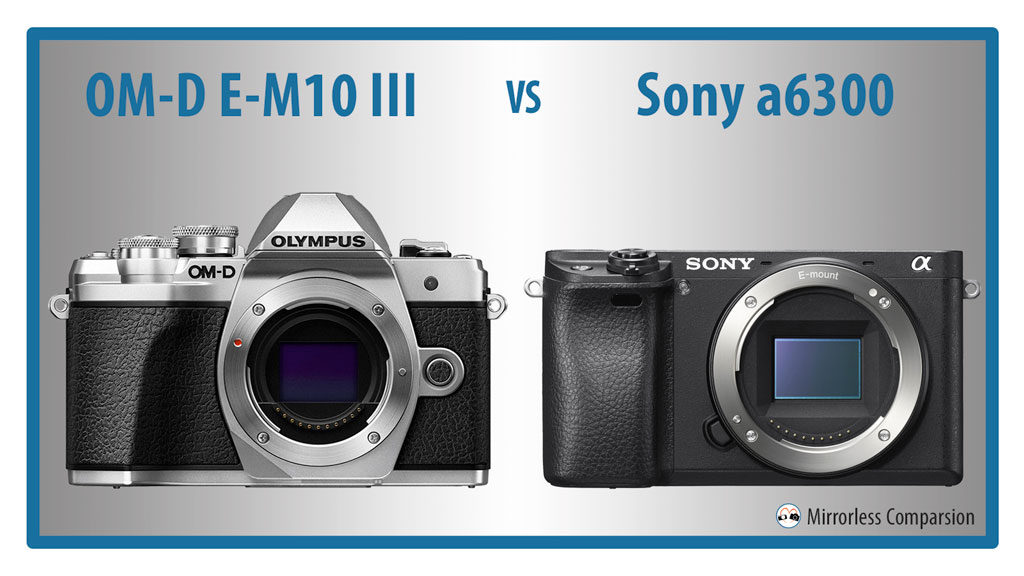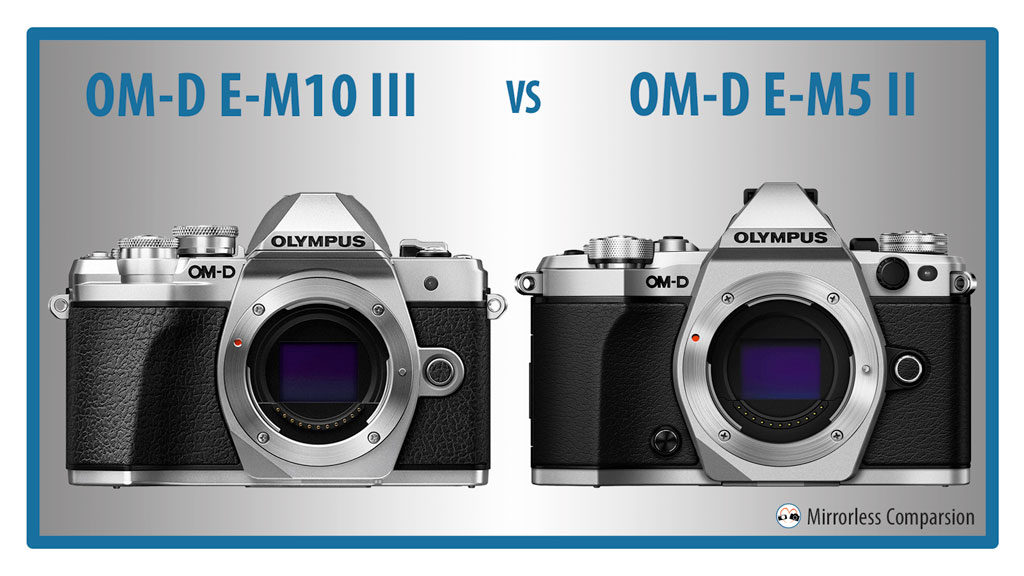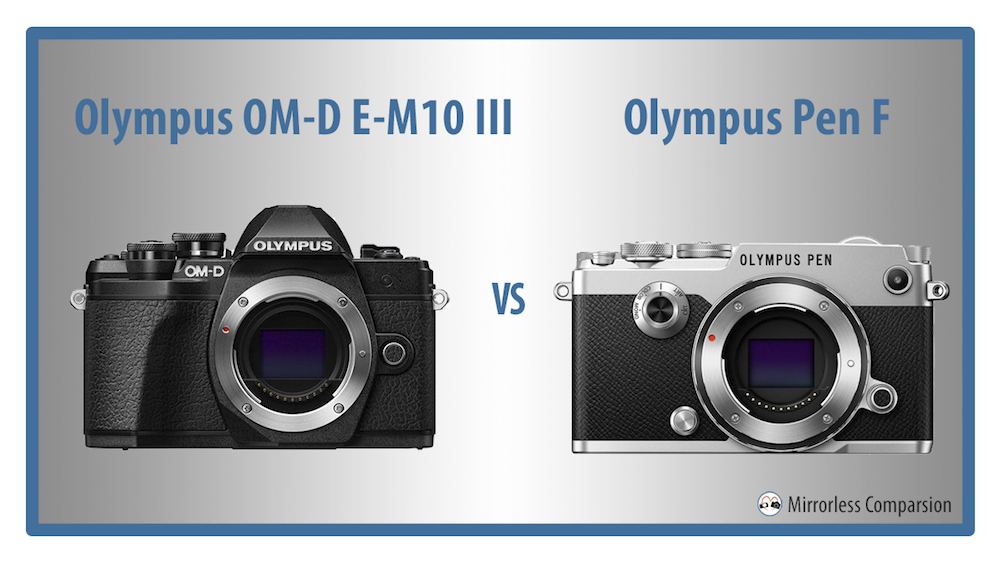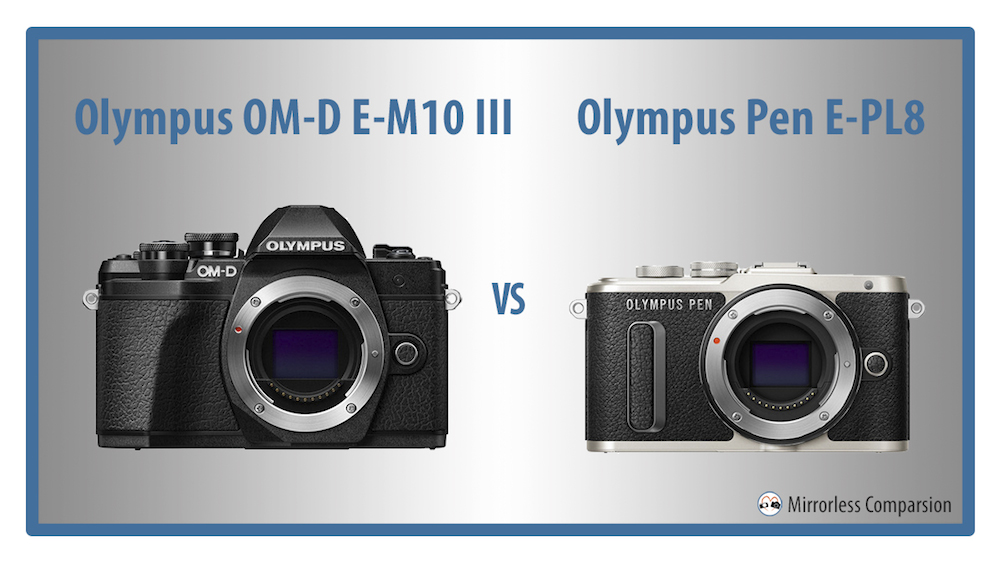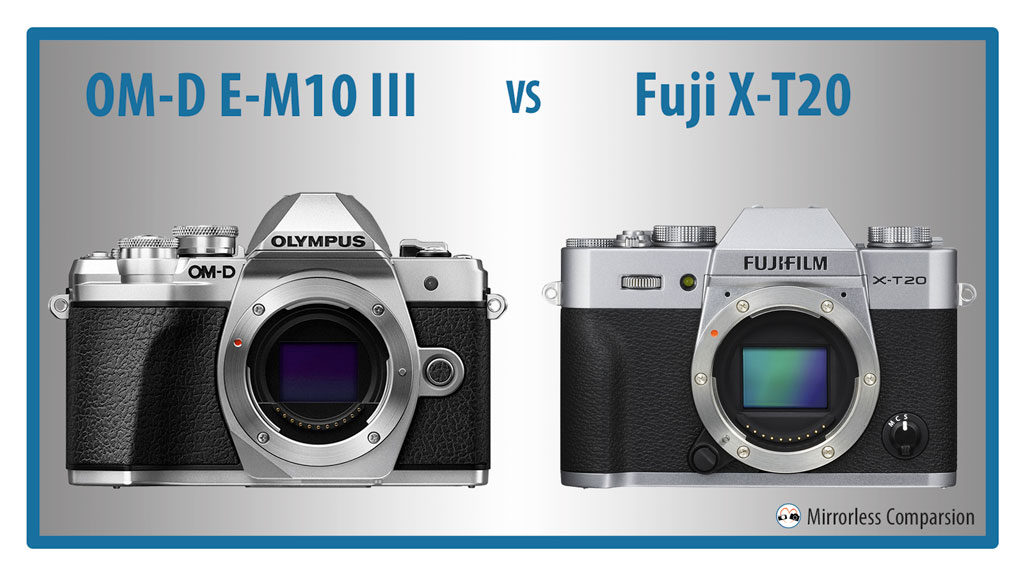The Olympus OM-D E-M10 III and the Sony a6300 can’t really be considered direct competitors due to the difference in price, design and target audience. One thing they do have in common, however, is that they would both make an excellent first camera for someone with a budding interest in photography.
Preview
Olympus OM-D E-M10 mark III vs E-M5 mark II – The 10 Main Differences
The E-M10 III is the latest addition to the OM-D series. Although it has been designed with beginners in mind, it retains most of the advanced features found on other Olympus mirrorless products.
The E-M5 II is a mid-range model that aims squarely at enthusiast photographers. Despite being two years old, it has no trouble standing up against the competition with one of the best image stabilisation systems on the market, a robust construction and a few features normally reserved for the flagship models.
The two cameras have a few things in common, the most important being the Four Thirds sensor: it has 16MP of resolution and a 200-25600 ISO range. The image processor is more modern on the E-M10 mark III however and brings new functionalities such as 4K video and an updated autofocus system.
Olympus OM-D E-M10 III vs Pen F – The 10 Main Differences
The Olympus Pen F is the flagship camera in Olympus’ Pen range. Although it clearly falls into the Pen category because of its design, it is fair to say that, technologically speaking, it has much more in common with OM-D range. Not only is it the sole Pen to feature a built-in viewfinder, but it also comes with a number of high-end features such as a 20MP sensor and Olympus’ excellent 5-axis stabilisation system.
Olympus OM-D E-M10 III vs. Pen E-PL8 – The 10 Main Differences
Olympus’ range of mirrorless interchangeable lens cameras currently consists of two branches. On one hand, there is the OM-D line-up which is modelled after the classic OM-1 film camera from the 1970s. On the other, we find the Pen range whose design was inspired by the original Pen F half-frame 35mm SLR cameras.
Although OM-D and Pen cameras use very similar technology, they are easily distinguishable by their design. For example, all OM-D cameras feature an electronic viewfinder inside a centrally placed hump whereas the Pen cameras either have an electronic viewfinder positioned on the left or more commonly, no viewfinder at all.
Olympus OM-D E-M10 III vs. Fujifilm X-T20 – The 10 Main Differences
The entry-level Olympus OM-D E-M10 III is the latest addition to the Micro Four Thirds segment and is the perfect synthesis of advanced features and an attractive design. Although it primarily targets beginners, the camera has enough advanced settings to satisfy more experienced enthusiast photographers as well.
The Fujifilm X-T20 features the same sensor and autofocus technology as the flagship X-T2 but is less expensive and comes in a simpler package. It can be classified as the X Series’ mid-range model but like the E-M10 III, it can easily suit different kinds of users with varying levels of experience.

